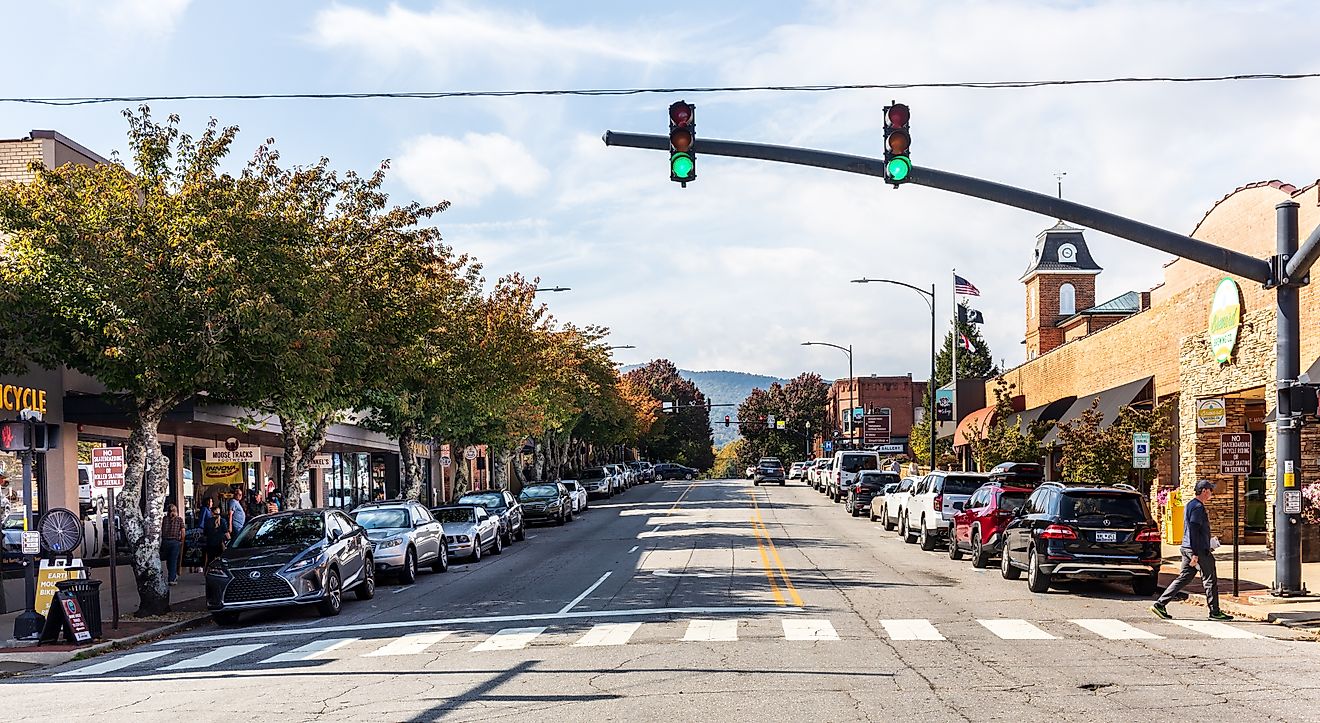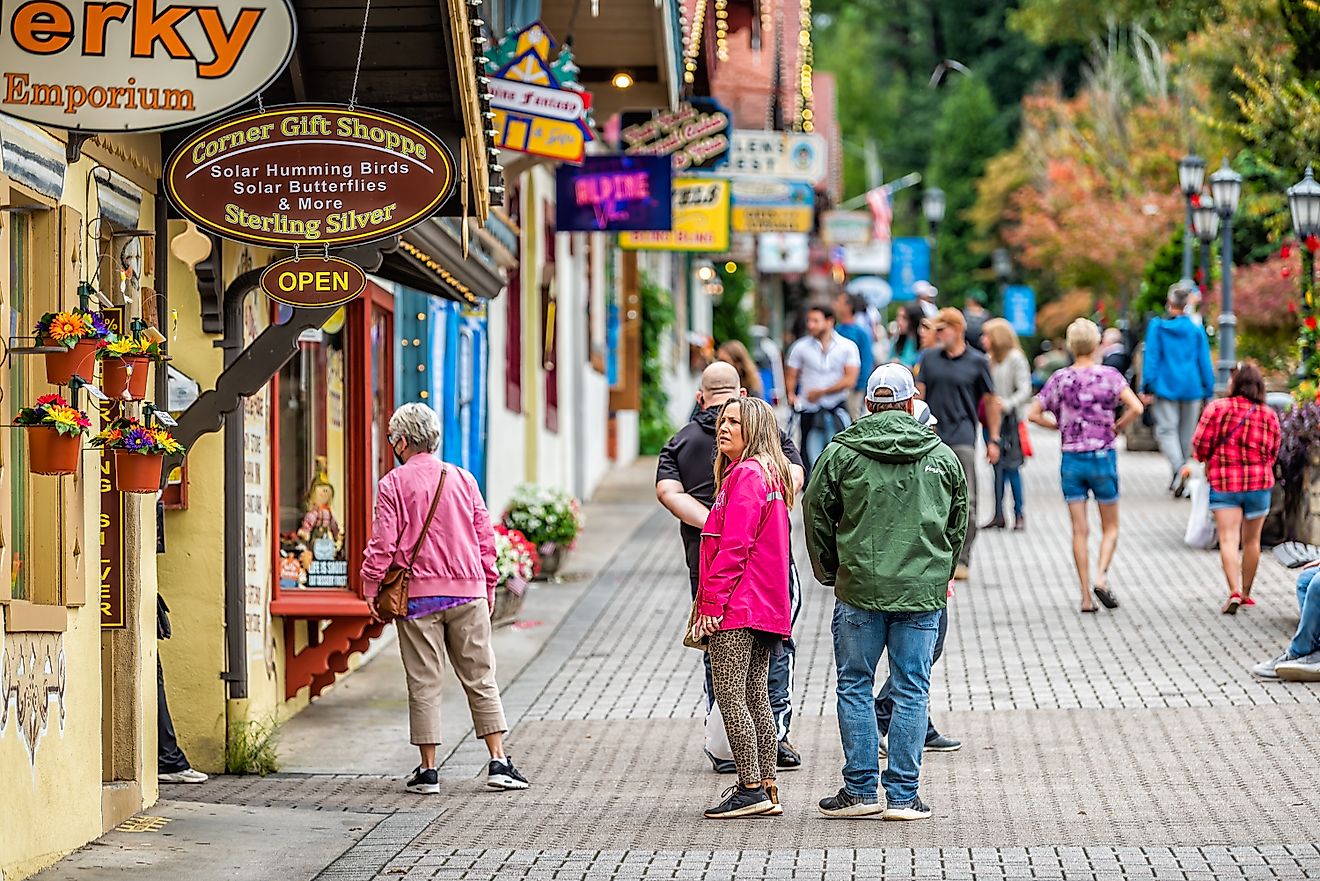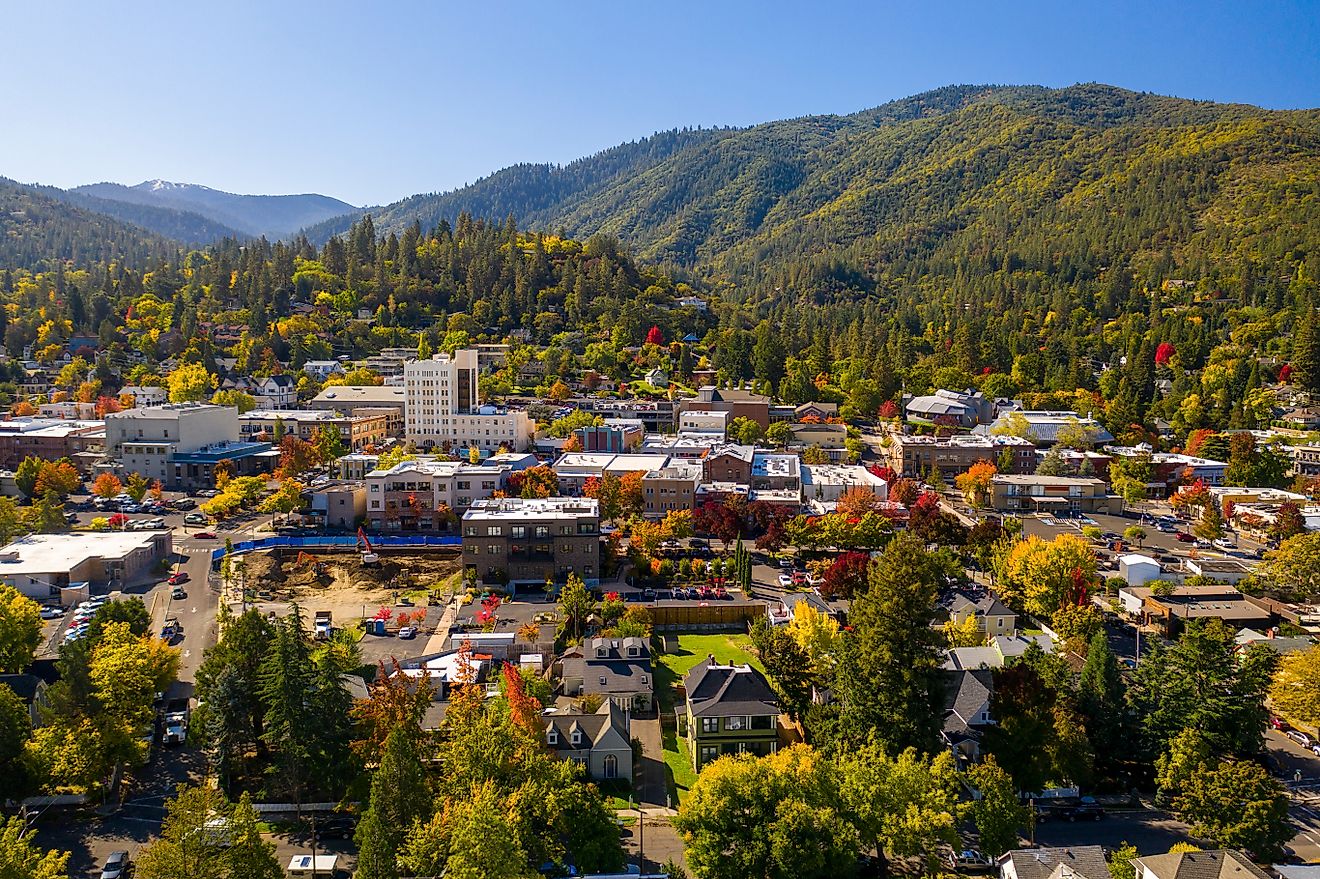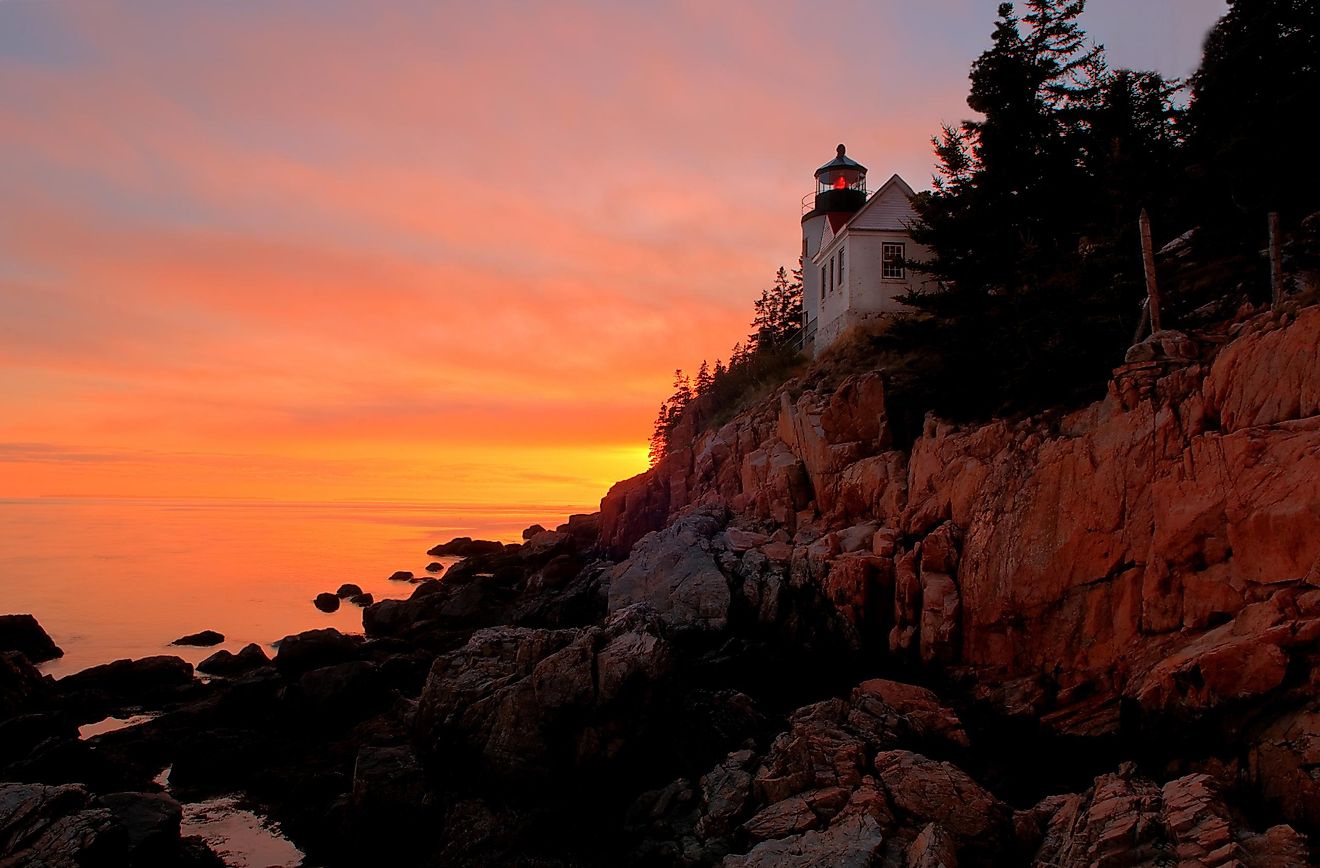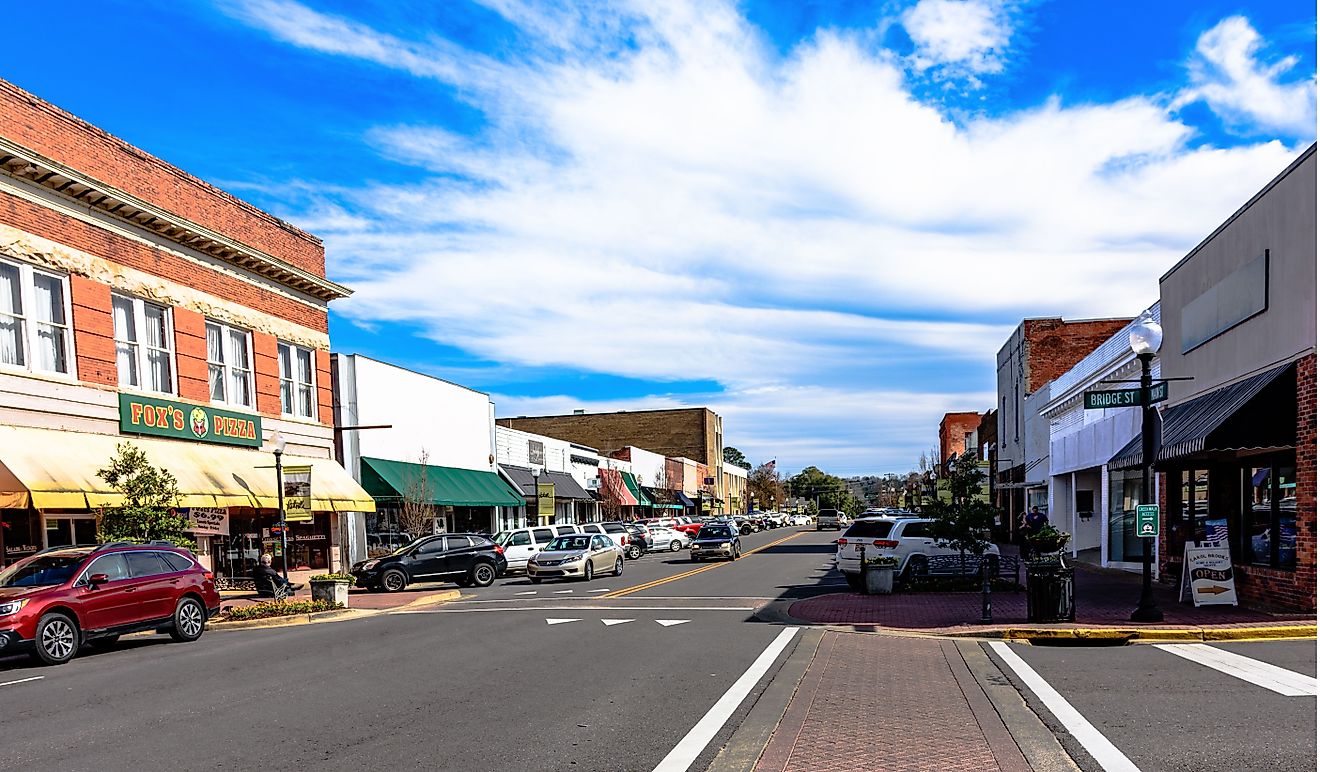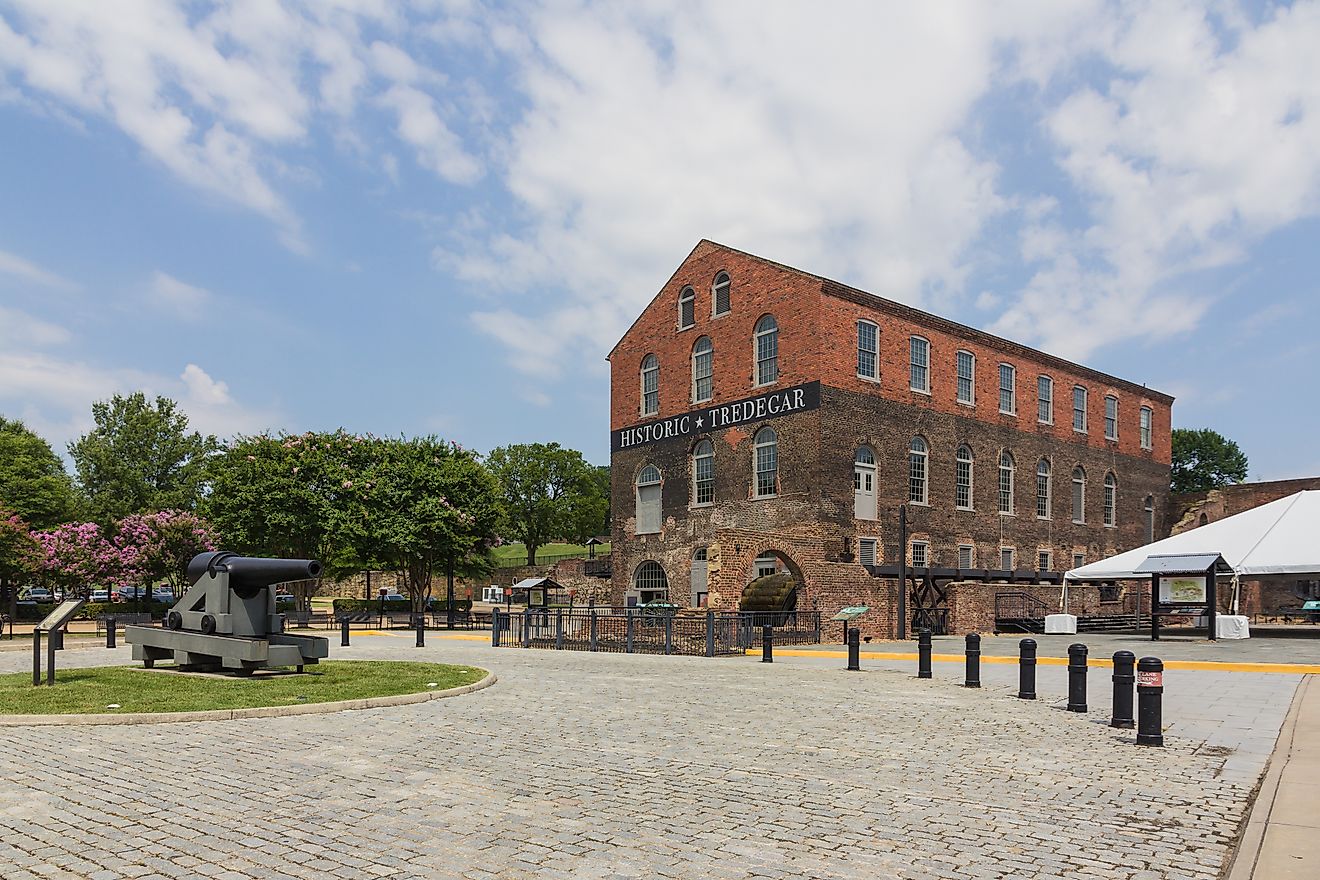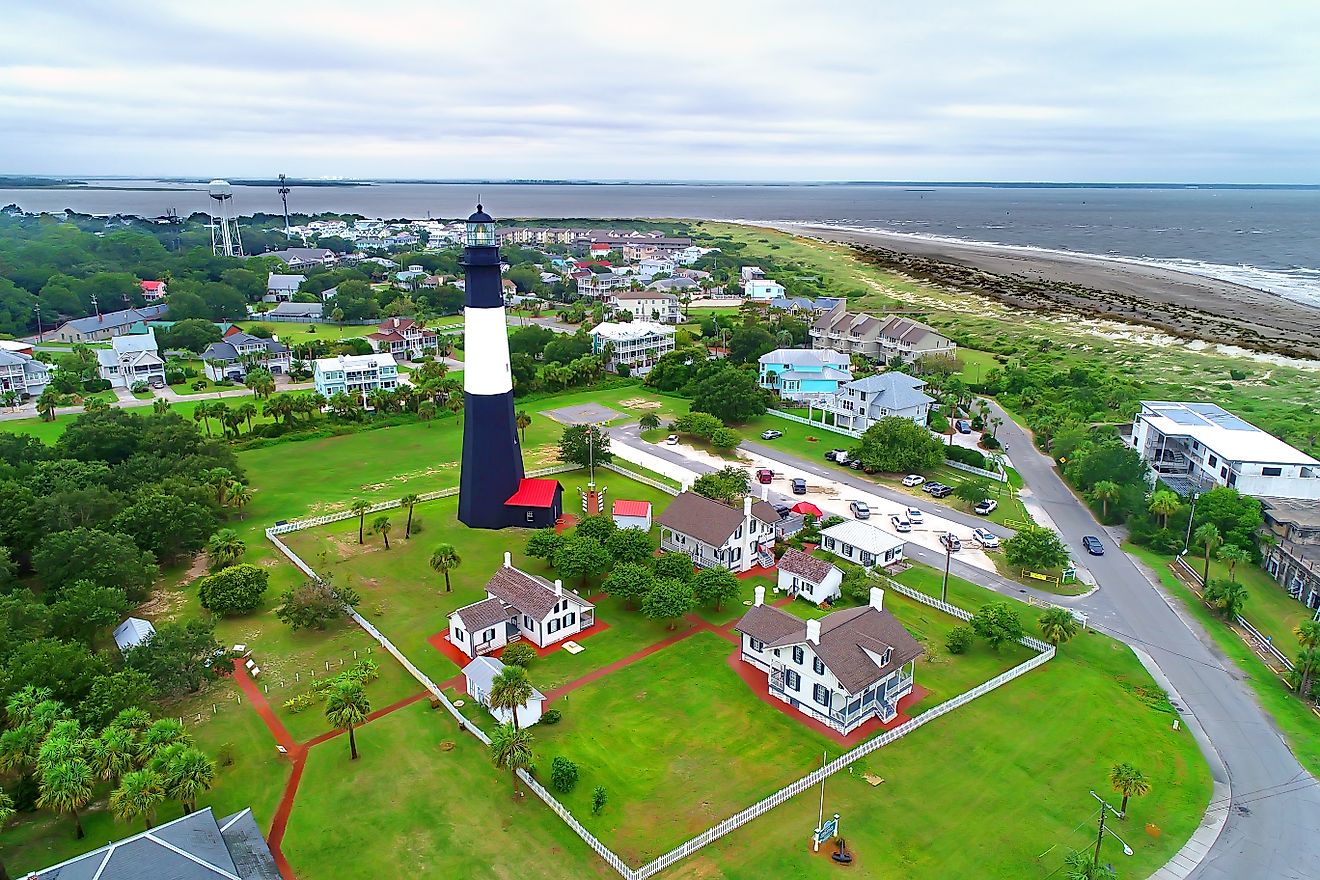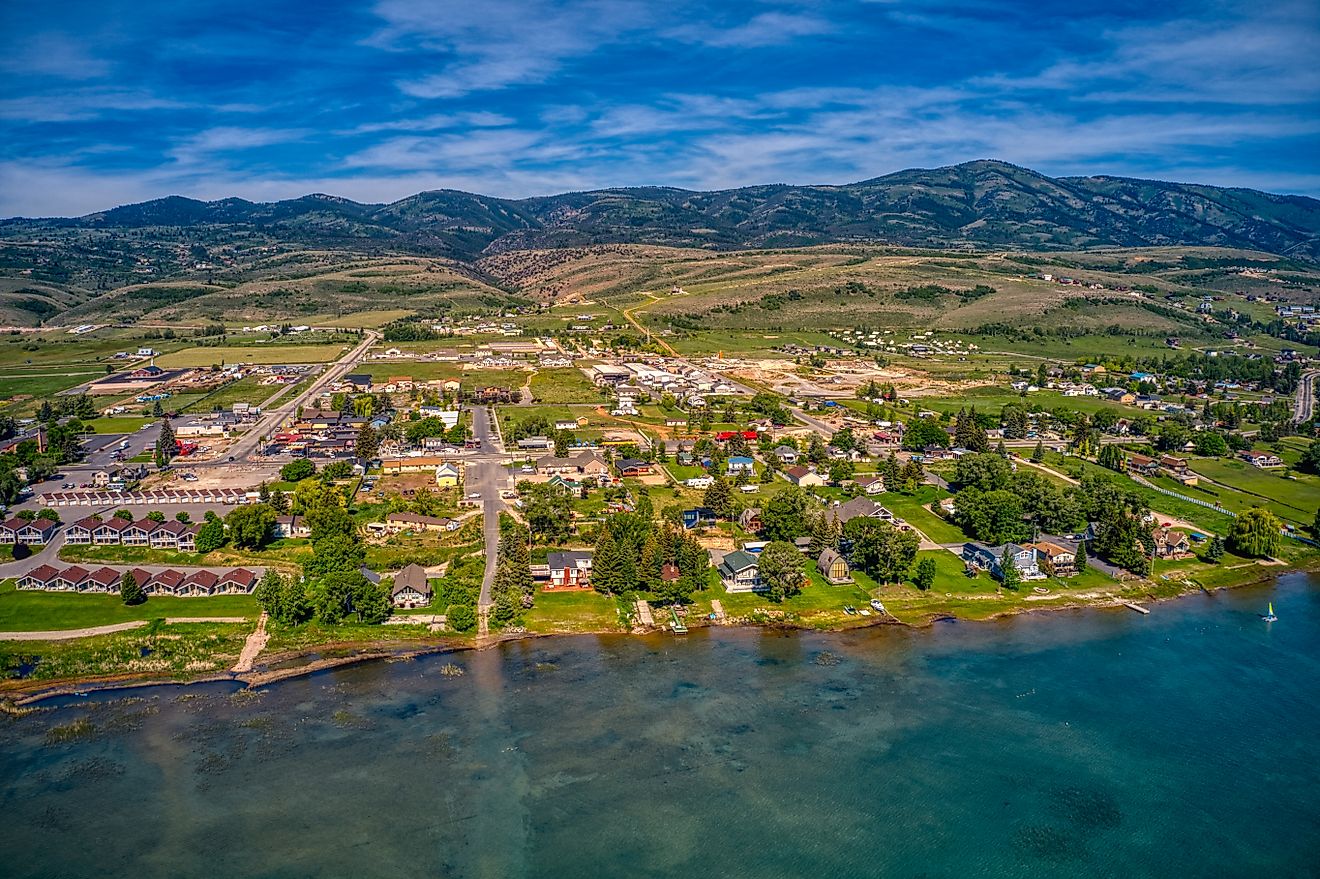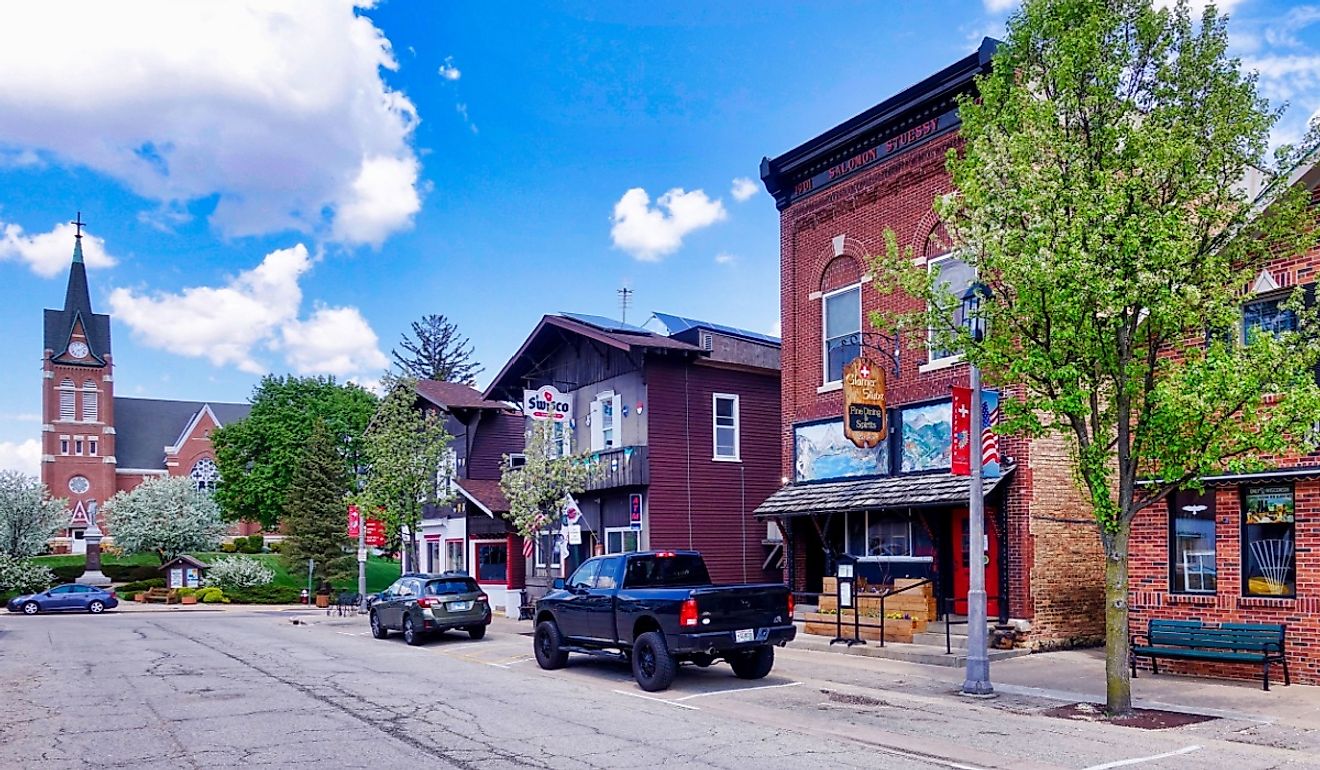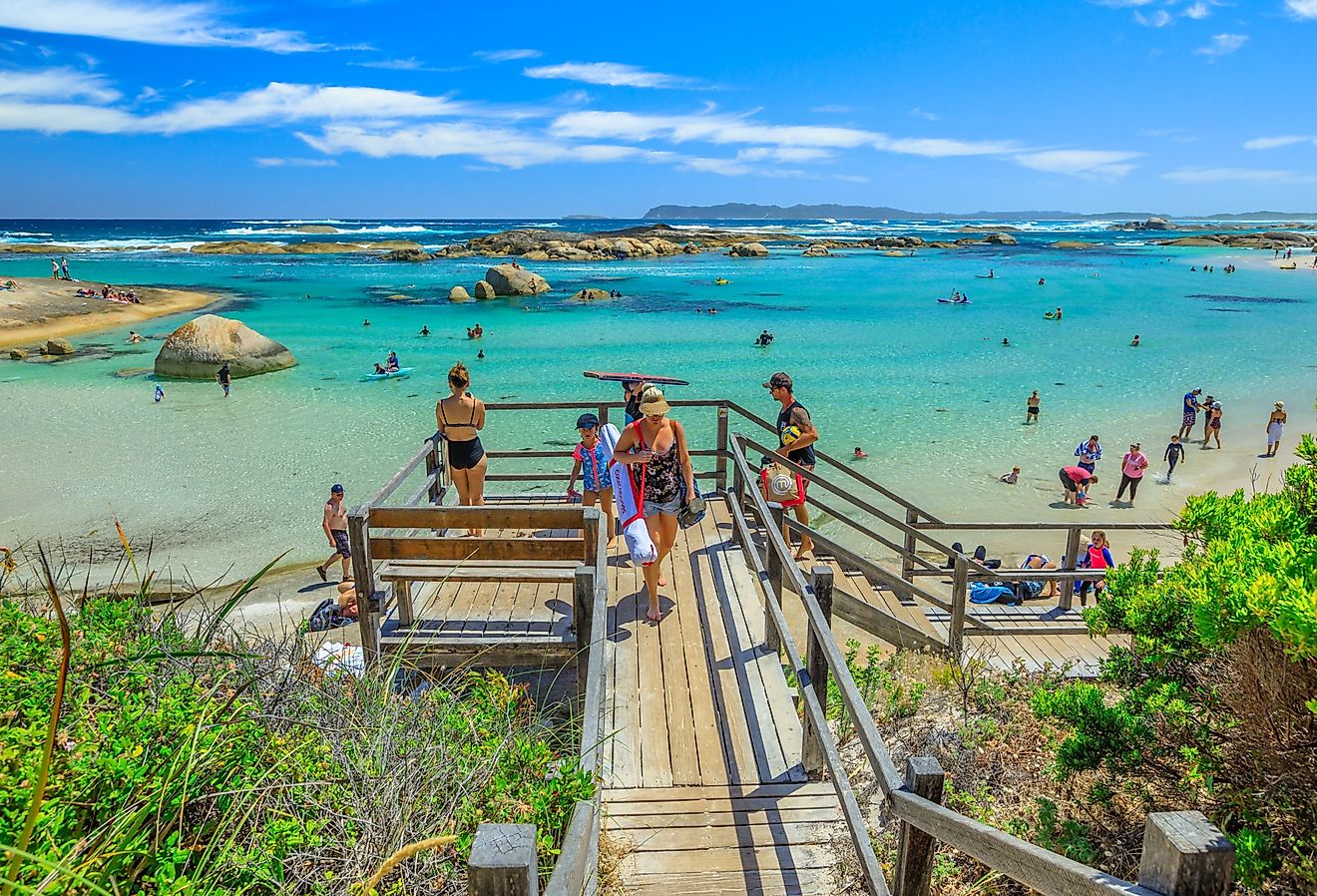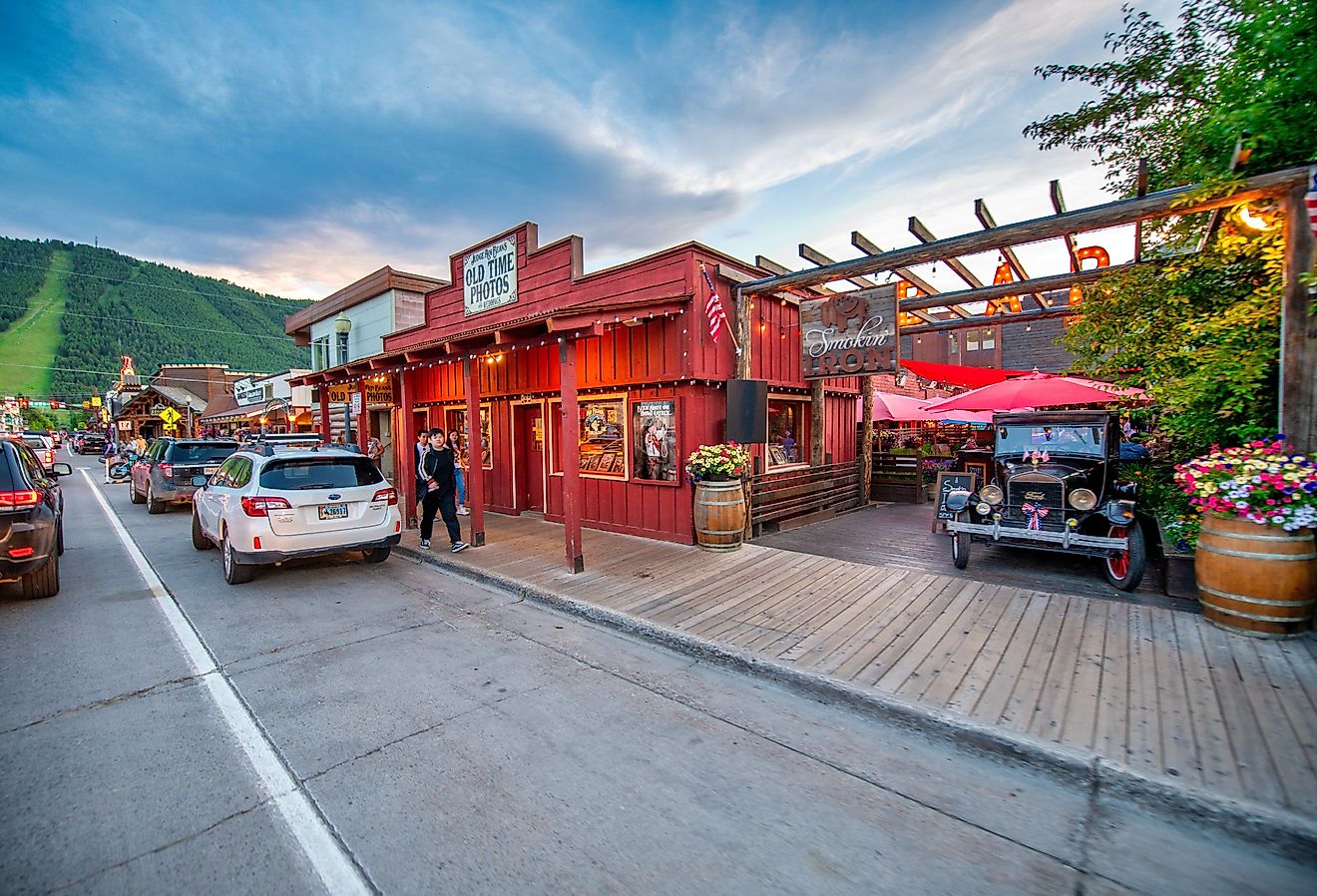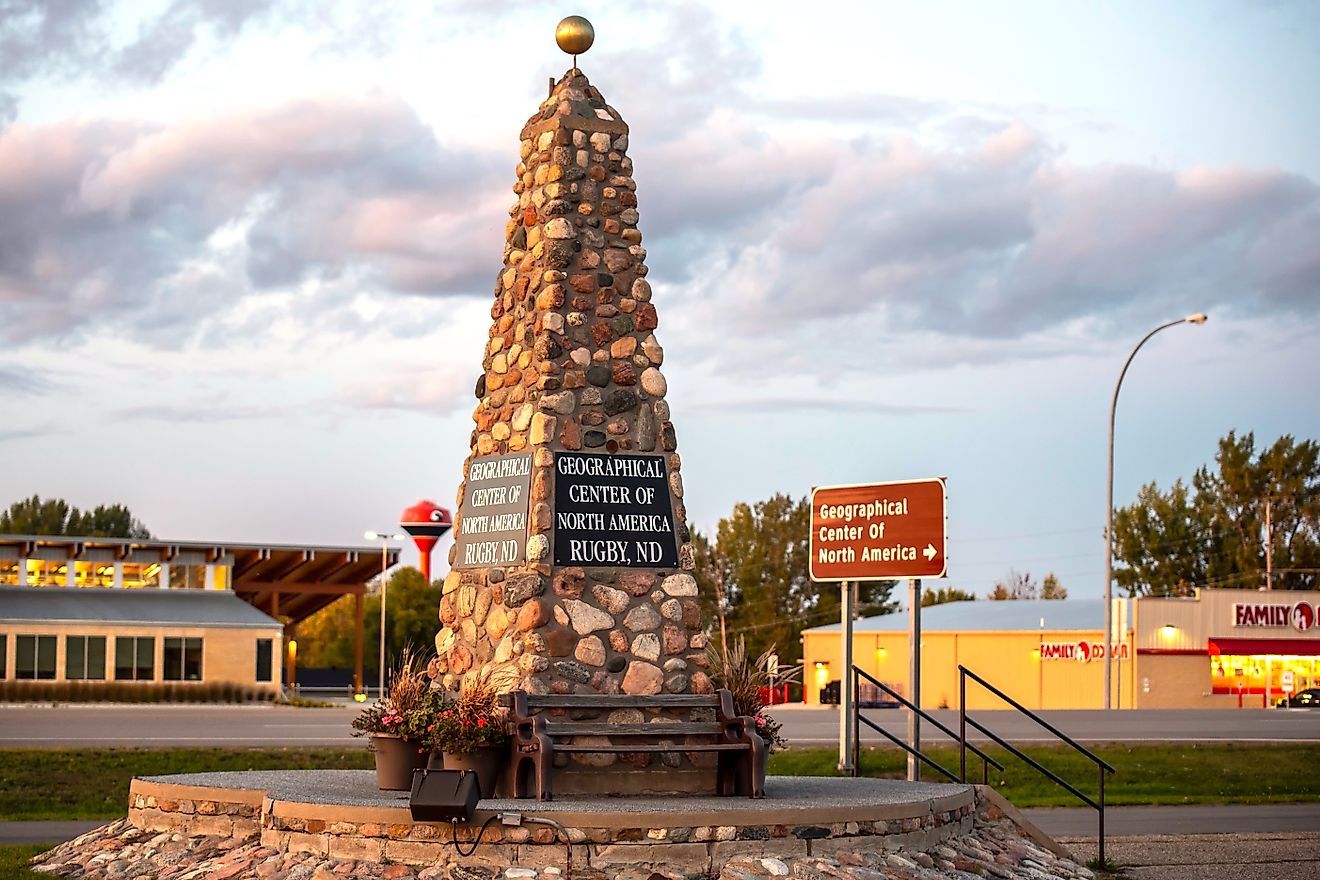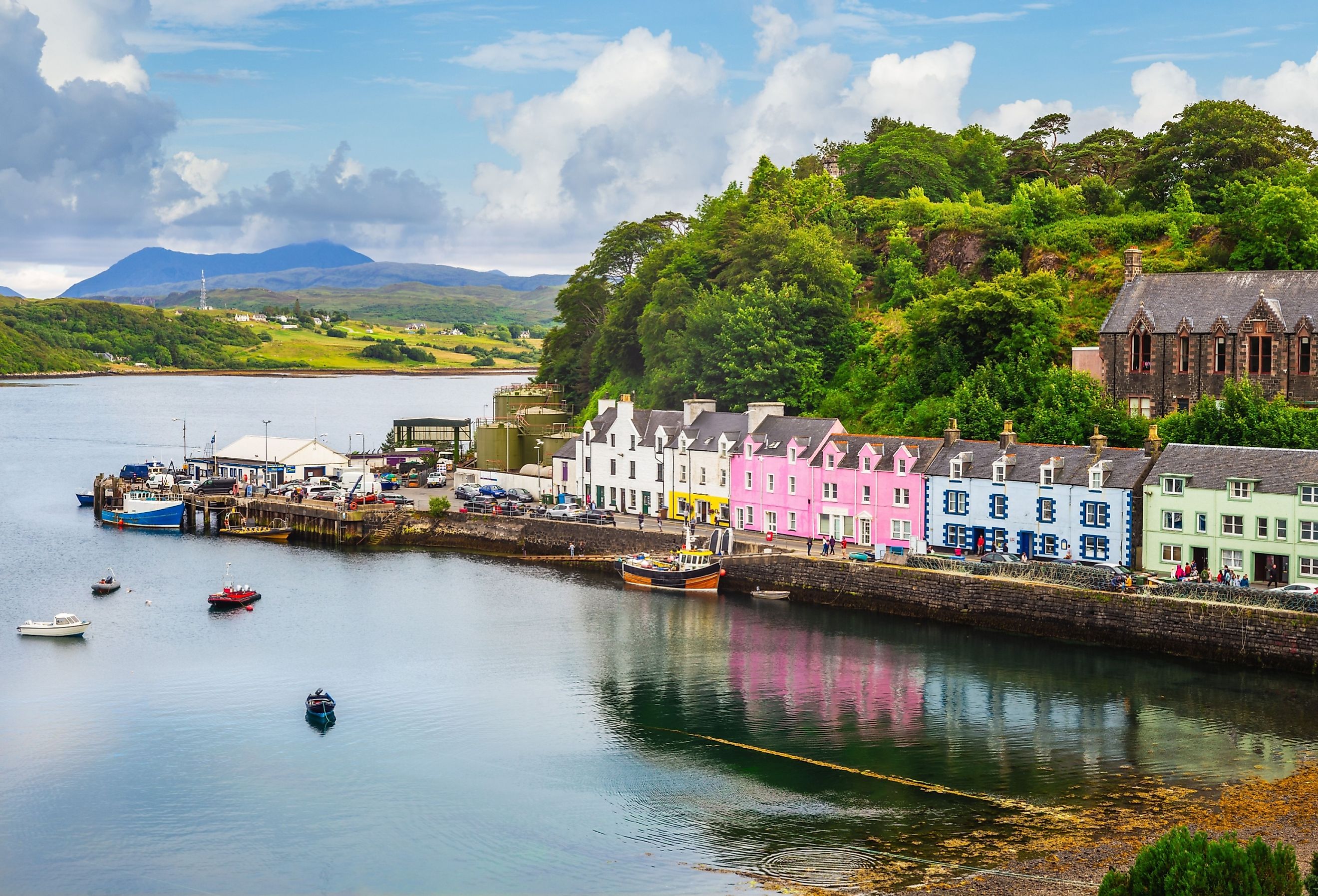
6 Most Laid-Back Towns in Scotland
Only a mystical and magical land like Scotland can proudly say the Unicorn is its national animal! There is no better symbol for this country, seated deeply in the misty mountains and wrapped in a history that spans back to the Paleolithic Era. The rugged Highlands and Lowlands of the country saw many people groups over its 12,000-year history, including the wild Picts, various Celtic tribes, and even the Romans and later the Vikings. Today, Scotland offers visitors an amazing chance to glimpse back into its ancient past, with castles and ancient ruins to uncover, all while indulging in the laid-back and relaxing atmosphere of its many small towns dotting its countryside.
Gifford
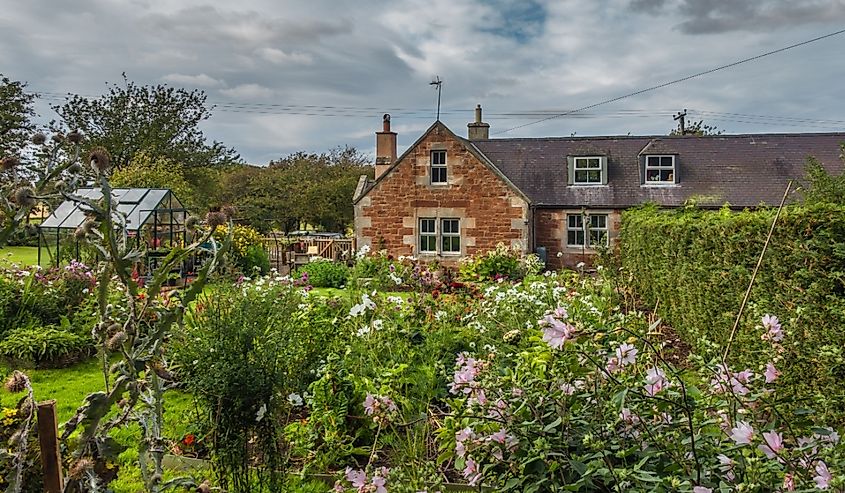
Gifford traces its history back to Yester Castle, built in 1267 by Sir Hugo De Gilfard. Legend has it that this man was more than just a nobleman, but also a wizard who kept a hoard of goblins in the basement of the palace, which was known as the Goblin Ha' (Hobgoblin Hall). The town began as Yester Village, located around the vicinity of the castle until it was moved a few miles away. It took on the name of the castle's founder and later became known as Gifford.
This small and enchanting village is a quiet little spot perfect for anyone looking for a weekend getaway. Visitors should plan a visit to Yester Castle, which sits approximately 10 minutes outside of the town’s borders. What remains of the original palace is quite beautiful, and the Goblin Ha’ (Hobgoblin Hall) is still located through an old tunnel. Sadly, due to theft, visitors are no longer allowed to travel down the tunnel and view the old hall, but being so close to such a magical site is still exciting. The location is widely considered to be haunted and to have a mysterious air created by the former wizard who built the original structure.
Not far from the site of the castle is Castle Park Golf Course, a great place to kick back and enjoy the Scottish countryside. There is also the Yester Estate, a preserved site of 550 acres of woodlands, and the gorgeous Yester House built in 1699. The estate grounds are beautiful and well worth planning a visit to for those who enjoy a nice stroll surrounded by a historic landmark. Within the town, there are also plenty of places to visit, including the Gifford Village Hall and the Gifford Community Woodland. The Gifford Village Hall is a stunning piece of architecture that serves as the town’s center, and the woodlands offer visitors a chance to immerse themselves in 55 acres of unspoiled landscapes.
Moniaive
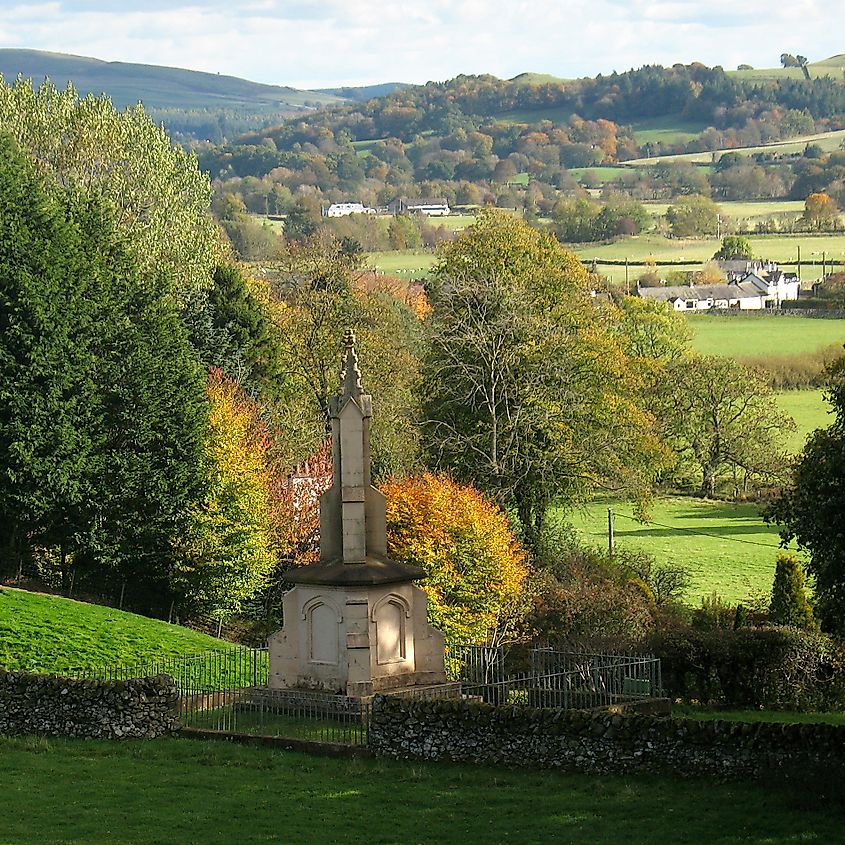
Although Moniaive was not officially established as a free burgh until 1636 by King Charles the First, its existence can be traced all the way back to the 900s. To this day, when tourists and locals alike explore the small community hidden in the Scottish hills, they’re completely immersed in the town's early days, with the modern streets still retaining their Medieval layout. Its location in Thornhill puts it in the southwestern part of Scotland, approximately two and a half hours from Gifford.
The landscape of Moniaive speaks to rest and relaxation, where even the tranquil river running through town is known as Calm Water. Approximately twenty minutes north of the town’s borders stands an enchanting spot known as Drumlanrig Castle and Gardens, where visitors can enjoy the charming, well-cared-for grounds and palace. Sometimes known as the “pink castle” because of the beautiful pink sandstone used in its construction, the palace is an excellent example of 17th-century Scottish architecture. Visitors can schedule a tour of the castle and view sites like the Buccleuch Collection, or they can cycle, hike, and stroll the woodlands and gardens surrounding the estate.
Further south, also around 20 minutes outside town, is the Garden of Cosmic Speculation. As the site's website puts it, the Garden of Cosmic Speculation uses nature to celebrate nature. Unfortunately, the garden is only open to the public on certain days, so tourists should check the website when planning their trip to Moniaive. The town itself is quiet and ideal for anyone hoping to escape the hustle and bustle. Glenrowan Bothy is an adorable Airbnb for rent in town where folks can enjoy cottage life while exploring the rolling countryside of Scotland. St Ninian's Parish Church is not far from the cottage, where visitors can view the town’s tradition and close-knit ties.
Kelso
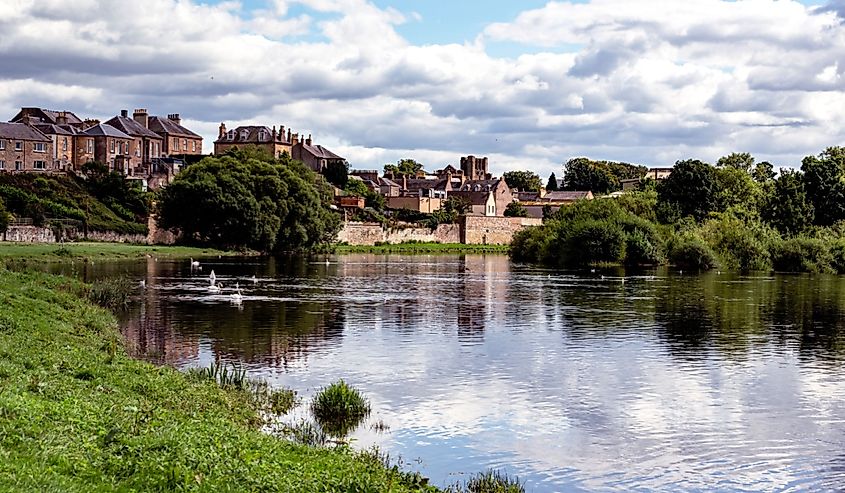
Kelso traces its roots back over 800 years with the first official mention of the community dating back to the year 1128. Back then, it was largely lumped together with its neighbor across the river, and the area was typically referred to as “The Royal Burgh of Roxburgh and Kelso Abbey.” Visitors can actually explore Kelso Abbey and view the site's history in person and better understand the Tironensians, a group of monastic monks who were gifted the site by King David the First.
The River Tweed runs through town and creates some beautiful scenery for anyone looking for a quiet stroll. Folks can start their walk along the River Tweed at the Kelso Community Food Garden, also called Abundant Borders, and then make their way down Mayfield Riverside Walk to Kelso Bridge. Not far from Kelso Bridge is Kelso Abbey and the Old Kirk Churchyard. There are also plenty of wonderful spots to shop and eat near downtown Kelso, including several delectable cafes, family restaurants, and top-notch hotels to lay down and recover after a busy day.
Most notable among the many attractions is the Waggon, a stylish and delicious family restaurant that serves a variety of burgers, stone-baked pizzas, grilled meats, and much more. Sook Jai Coffee Shop on Horsemarket is another favorite location for locals and tourists alike. It has an excellent variety of baked goods and handcrafted beverages. While strolling the charming streets of Kelso, visitors must visit North Trinity Church off Bowmont Street. This gothic structure dates back to 1885-86, and while it is currently in a state of disarray, the haunting building with its beautiful spires certainly strikes a sense of awe.
Fort Augustus
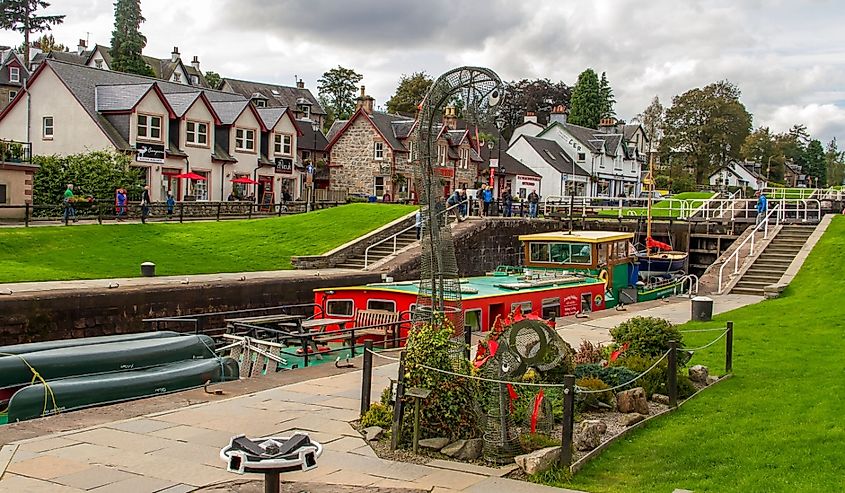
Fort Augustus stands along the infamous lake, Loch Ness, and is virtually on the other side of Scotland from Kelso. While Kelso sits just a few miles away from the border of England, Fort Augustus is a small, historical town in northern Scotland in a region known as the Scottish Highlands. The community was originally named Cille Chumein in Gaelic, after Saint Cummein, who built one of the earliest churches in the area, but was renamed after King George the Third’s son, Prince William Augustus.
The small town of approximately 650 residents offers an array of experiences for visitors, including some of the best views and experiences of Loch Ness. By far, the majestic lake is the town’s main attraction, with much of the local activities involving the mystical site. The Caledonia Canal Centre is the perfect place to start traveling around the lake and better understand how it influenced the community’s culture. At the Caledonia Canal Centre, visitors can gather information, try some delicious ice cream from Black Isle Dairy, and check out the site’s gift shop. Folks can also book one of the seven rooms and make the center their base of operations as they explore.
The Loch Ness Cruise sits just across the canal from the Caledonia Canal Centre and offers guests a chance to explore Loch Ness and maybe even catch sight of the legendary monster reportedly dwelling in its depths. The cruise offers relaxing tours of the water’s depths which can be held during the day and the evening. Another excellent spot worth visiting is the Loch Ness Viewpoint, the ideal place for viewing the lake and surrounding landscape. It is also near the Pepper Pot Lighthouse, an adorable white lighthouse located near the entrance of the Caledonia Canal that dates back to 1840.
Tobermory
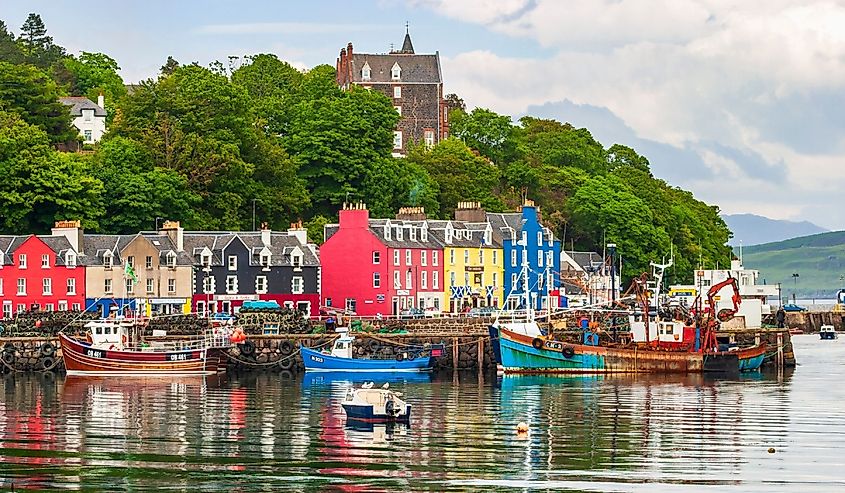
Tobermory is a lovely little town on the Isle of Mull which likely dates back to around the early 1700s when it was a fishing town. The British Fisheries Society and the Society’s agent, John Knox, visited the area in 1786 and established the town as a fishing community. The town gained the Gaelic name of tobar-mhoire, which loosely translates as “Mary’s Well.” The town has this name because of the legendary holy well, which was dedicated to the Virgin Mary.
While the original well is no longer visible, there is a new well that is placed in the approximate location of the old well. Folks can visit it by checking out the granite cross and recreation of the well erected in the supposed location of the well, not far from the town’s chapels and the center of town. Other historical locations worth visiting include the Post Box for King Edward VIII, the Baliscate Standing Stones, the Mull Museum, and the Historic Sea Mine. The Baliscate Standing Stone is a monument of the early settlements in the area that pre-dates the establishment of the modern community.
Additionally, the Mull Museum showcases the town’s early days and holds several artifacts and displays, including saucers, cups, and kitchen displays of how early life was in the past. One of the best places to stay, which is also a historic location built in 1869, is the Mishnish Hotel. Not only are the beautiful rooms perfect for kicking back and relaxing, but the bar and restaurant make it the all-in-one place to stay and rest after exploring the charming town. Last, Mull Magic is a gorgeous wildlife site that offers amazing walks and tours of the countryside and many flora and fauna that call it their home.
Portree
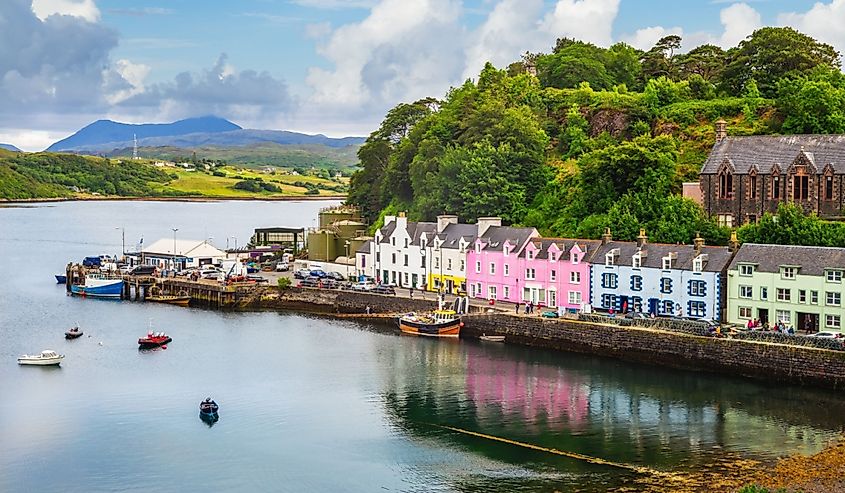
Portree is one of the most notable towns on the Isle of Skye and has a history of approximately 200 years. There are some differing opinions about the origins of the town’s name, with some arguing it comes from the Gaelic word for the “King’s Port” or from the phrase Portray or Portree, which means Port on the Slope. When looking for a quiet place to avoid crowds and enjoy nature, Portree is a lovely stopping point when touring Scotland.
Loch Portree sits along the eastern side of the town and creates a breathtaking view from the many scenic trails lining the lake for guests to enjoy. Some of the best options include Portree Walkway, Scorrybreac Trail, and a site known locally as “the Lump.” The Lump is a rocky outcropping along the coast that offers guests an amazing view of Loch Portree. Most notable of the trails around the Lump is The Meall Path, which is called Am Meall in Gaelic and offers an exciting trip around the water and showcases the community’s incredible natural charm, especially in spring and autumn.
Scorrybreac Circular takes hikers on a 2.11-mile trail along Loch Portree, which loops inland. It usually takes around an hour to complete and is moderately difficult, giving travelers a front-row view of the woodlands and rocky terrain. The Isle of Skye Candle Co. Visitors Centre is a lovely place to stop when traveling the countryside, having been recently renovated in 2022, and offers guests a welcoming place to eat, watch something at the theater, and drop by the local candle shop. Anyone seeking to spend a few days on the island will find no shortage of comfortable and luxurious hotels and guest houses to stay, but the best by far is the site of Rock View along Loch Portree.
Conclusion
Nothing is quite as rejuvenating and restful as being immersed in acres of unspoiled country, with babbling brooks and magical woodlands. Scotland is home to two stunning national parks, Loch Lomond and the Trossachs National Park and Cairngorms National Park, where adventurers can hike mile upon mile of open spaces while photographers will surely capture some breathtaking landscape images. But at the end of the day, no matter where folks choose to wander, they will always be welcomed back to a small town with warm locals and delicious foods.
